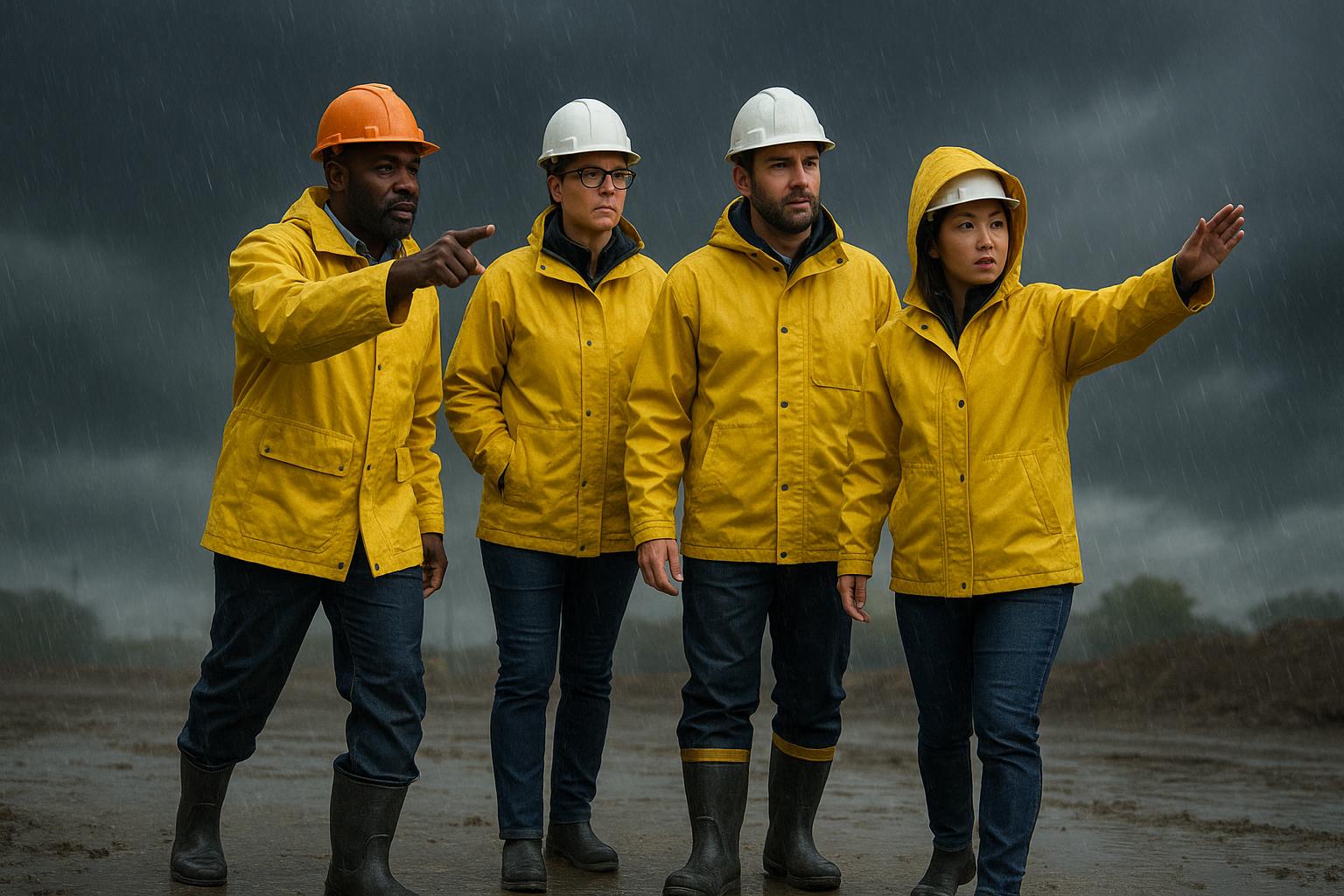Provided by: Three Sixty Safety
The Importance of
Accident Prevention
We all know that safety is important on the manufacturing floor, but do you realize just how costly a workplace injury can be? When all is said and done, injuries can cost business owners hundreds of thousands of dollars. The extra expense to pay for injuries has a powerfully negative effect to a company’s bottom line.
Why is profitability also an important issue to you? Businesses need to operate at a profit, and that ability can be threatened by a serious workplace injury. Keep reading for more information.
The Real Cost of Workplace Injuries
It may be surprising to hear that most companies do not have a high-profit margin—3% is about average. Expenses take a large chunk of the income, and competition limits how much we can charge for the products we sell.
Each time an accident occurs, the cost of the injury must be subtracted from profits. Consider the following two examples:
- At a 5% profit margin, an extra $20,000 in sales is needed to compensate for a $1,000 injury.
- If the profit margin is nearer to 1%, an additional $100,000 worth of new income is necessary to maintain that profit level for the same injury.
As you can see, that adds up to a lot of extra sales just to compensate for a single injury. That means that every time a worker gets hurt on the job, other employees are affected too. You may need to work extra hours to achieve necessary production levels to compensate for those losses, or the company may be forced to make tough budget decisions, such as cutting hours or laying off employees.
Also, recovering from an injury can mean time away from work, reduced compensation, painful rehabilitation, and frustrating adjustments to daily life.
Practice Prevention
Though operating at a profit is essential to our success, our top priority is to keep our employees safe and healthy. That’s why we are counting on you to help practice good safety principles, such as following all safety procedures and wearing appropriate personal protective equipment. Safe work behavior will contribute directly to our bottom line as well as to everyone’s job security. By observing safety precautions, we can limit on-the-job accidents.
It is always wiser to spend a bit more time doing the job safely than to risk getting a serious injury. Be sure to always follow our safety guidelines and stay alert for unsafe conditions. For more safety tips, talk to your supervisor.
This Safety Matters flyer is for general informational purposes only, and is not intended as medical or legal advice.


